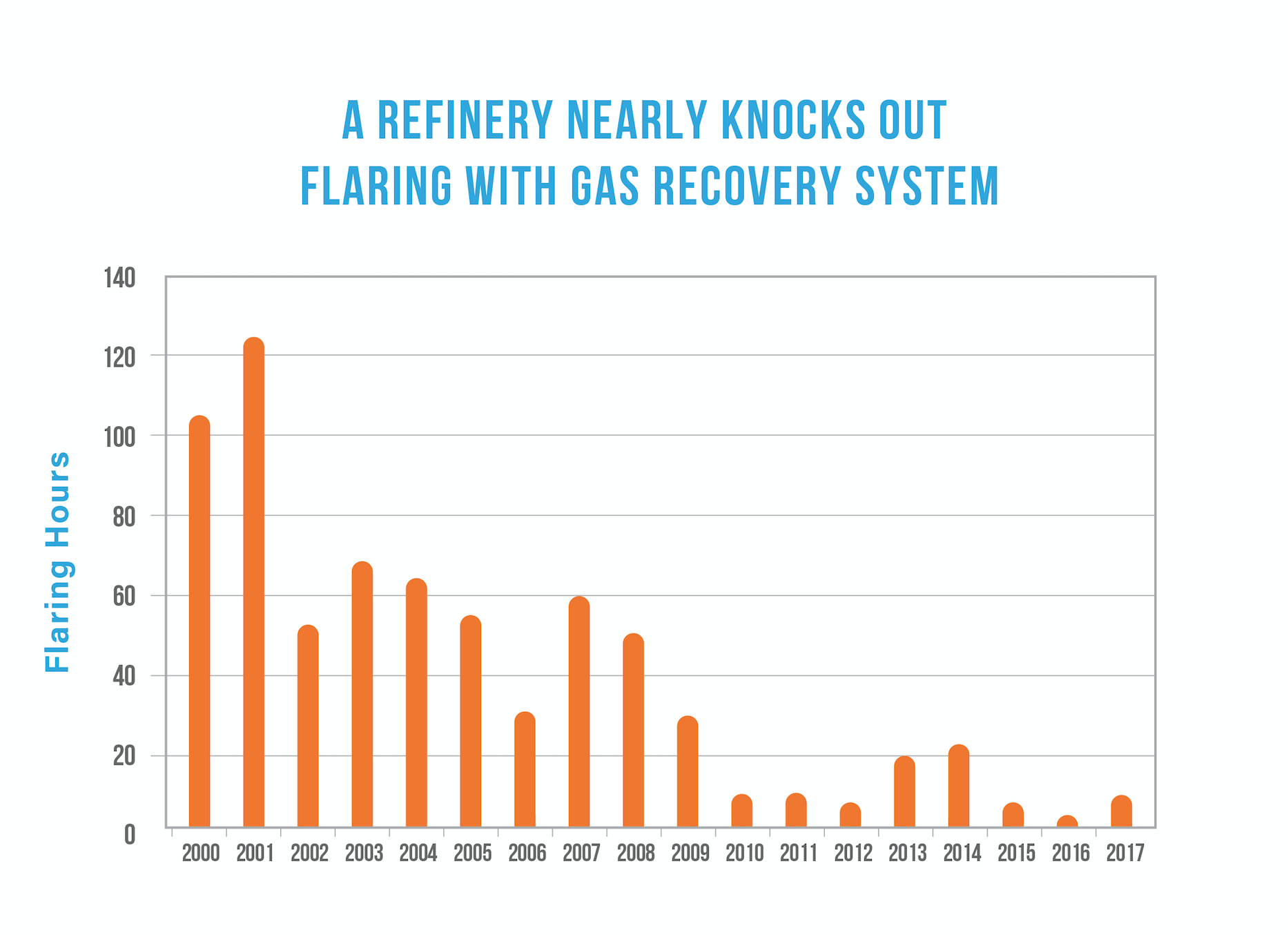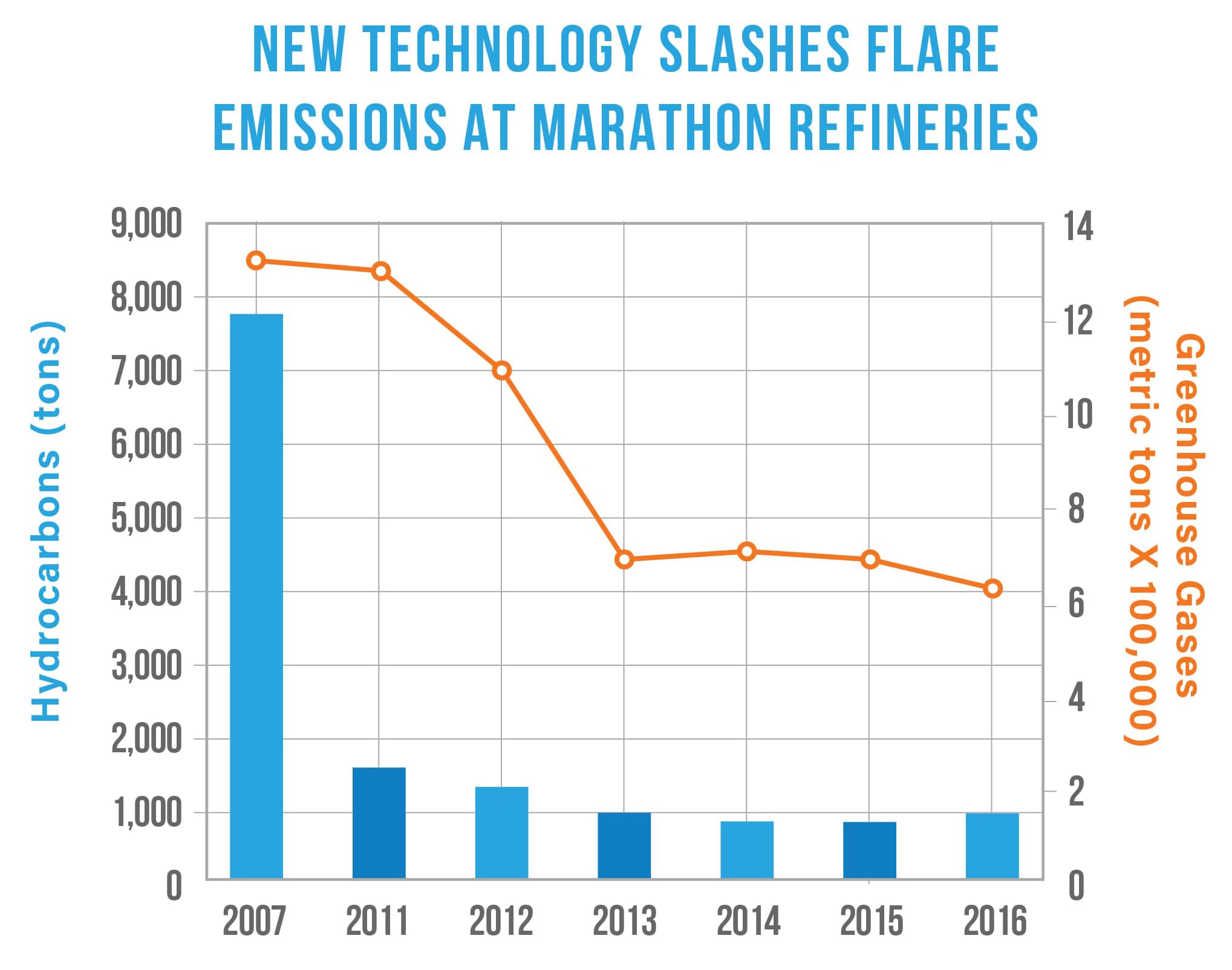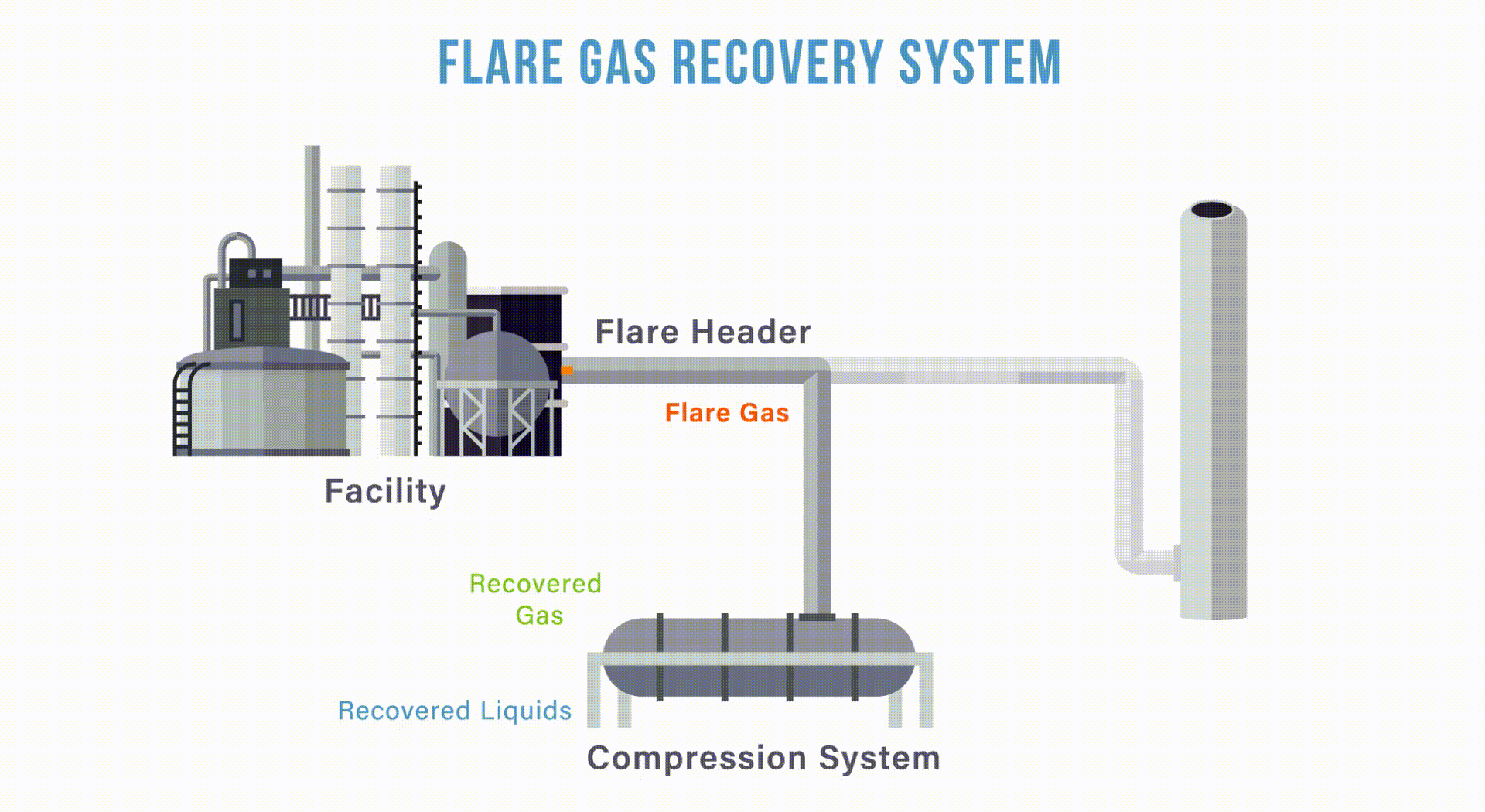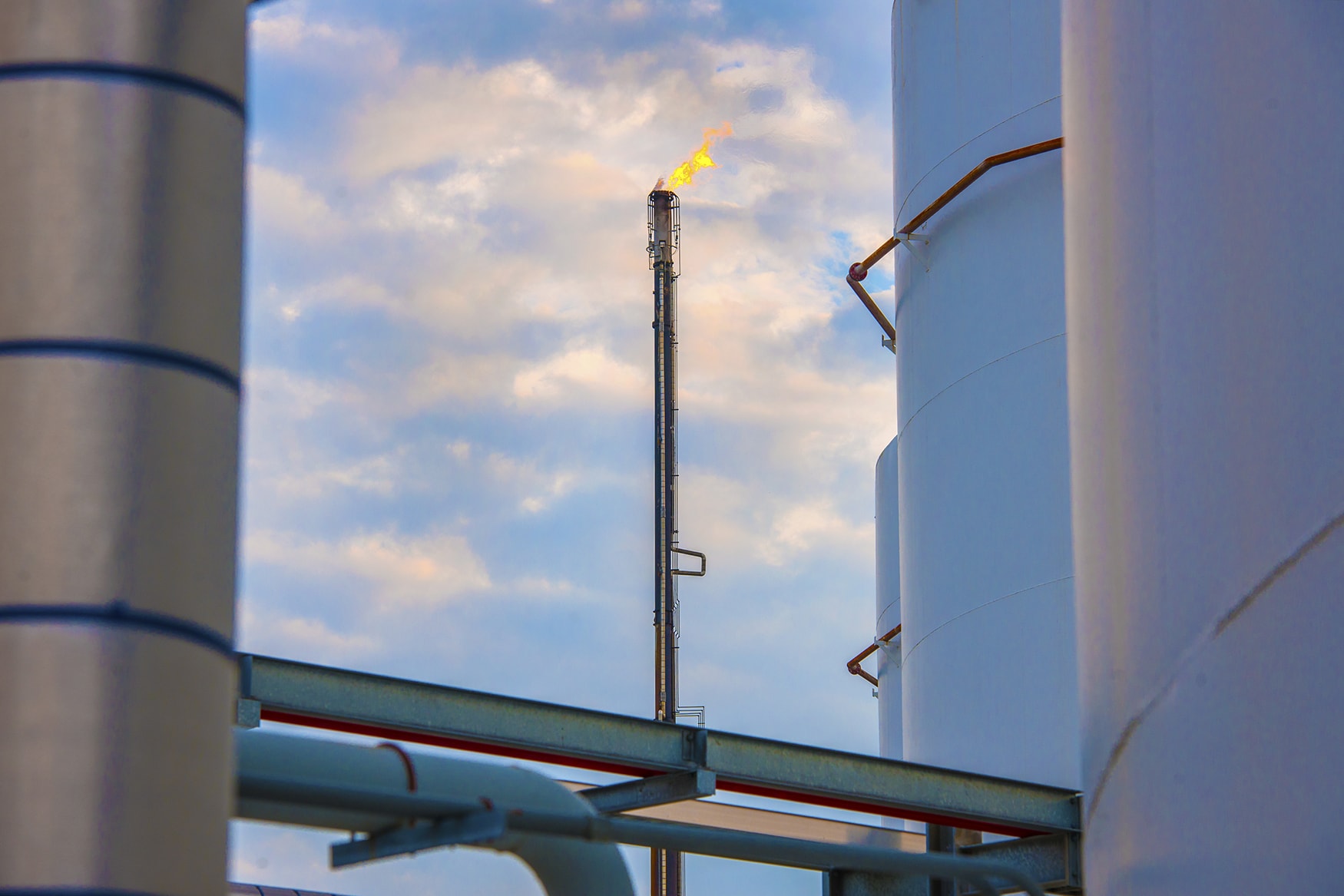This article originally appeared on Politico.com
Rosemount, Minn. – The flame at the top of a 400-foot stack here at the Flint Hills Resources' Pine Bend refinery used to burn so brightly and so consistently that some say it was used to train pilots to land planes at the Minneapolis-St. Paul Airport.
Nowadays, they’d be out of luck, because the flame at the Pine Bend refinery is mostly dormant. The safety device, known as a flare, is used so infrequently that the refinery now warns neighbors when operators do need to use it, to ensure the public isn’t unnecessarily alarmed.
“In the old days, we’d flare so frequently they could count on seeing our flare as an additional beacon for the airport,” said Jake Reint, a spokesman for Flint Hills Resources. “Now, we’ve had as few as four hours of flaring in an entire year, which is pretty extraordinary.”

There has been a dramatic reduction in the annual number of flaring hours at Flint Hills Resources' Pine Bend Refinery in Rosemount, Minnesota.
For refineries, flares are essential pieces of safety equipment used to burn any excess gases that can otherwise build up in the pipes and towers of the facility, so they don’t vent directly into the atmosphere when a facility shuts down, loses power or has some other technical issue. But for some community members and environmentalists, flares carry an altogether different connotation — as a device refineries use to release pollution into the air.
Flaring is integral to refinery safety. But in recent years, thanks to hundreds of millions of dollars of investment by the refining industry and the testing and deployment of new technologies, many refiners have greatly reduced their use by recovering gases that would otherwise be flared and cycling them back through their processing plants. New standards are set to take effect next year that will require all refiners to guarantee their flares are burning as efficiently as possible, which means eliminating at least 98 percent of the gases routed to them.

Since 2007, emissions from Marathon Petroleum Corporation's six refineries dropped by more than half.
“We’ve had to educate people in the community because they traditionally looked at flares as bad, when a flare is actually a pollution control device doing its duty to combust gas safely,” said Tim Peterkoski, corporate manager of environment, auditing and processes at Marathon Petroleum Corporation (MPC). More than a decade ago, MPC was one of the first refiners to test the technology that will soon be required on all refineries as part of the new federal standard.
MPC has installed this new technology — a combustion efficiency system — on each of its 31 refinery flares. Before the end of this year it will finish installing flare gas recovery systems, which are part of a different standard, on all six of its refineries. The cost to the company will be $375 million.
“Marathon Petroleum Corporation helped advance new approaches that reduce air pollution and improve efficiency at its refineries and provide the U.S. with new knowledge to bring similar improvements in air quality to other communities across the nation,” the Environmental Protection Agency said in a press release announcing the agreement to reduce flaring emissions in 2012.
The results for the company have been staggering. From 2007 to 2016, MPC has reduced by 85 percent the amount of hazardous air pollutants released by flares and has cut greenhouse gases from flaring systems by more than half.
“For all practical purposes, with their actions, they’ve eliminated the negative, contentious, ‘they’re trying to do something behind our back,’ kind of attitude,” said Nancy Price, 76, who has lived her entire life near MPC’s Catlettsburg refinery in northeast Kentucky and for 22 years has been a member of the Community Advisory Panel (CAP).
In 2016, MPC installed a flare gas recovery system on the refinery, designed to reduce acid rain-causing sulfur dioxide pollution, in addition to the combustion system it put on in 2012.

A flare gas recovery system is essentially a way to capture and reuse the relief or excess gas in a refinery. Flare gas leaves the refinery during routine operations and also during shutdowns and start ups and travels via the flare header to the flare, where the gas is burned. When refineries have flare gas recovery systems, the gas mixture that would normally be routed to the flare is captured and put through a compressor system. Depending upon the pressure and temperature after compression, the flare gases can either be recovered as gas or liquid product. Gas collected is used as fuel for the refinery, reducing the need for natural gas. Recovered liquid product will be recycled and re-refined.
“Oh yes, occasionally you will get a flare that will result in ash or something, but that hasn’t happened for a very long time,” Price said.
These refinery improvements have made the CAP — which was formed when local residents sued what was then Ashland Oil and Refining Company — an ally instead of an adversary.
While flare gas recovery technology was invented in the late 1970s, it wasn’t until recently that it was widely adopted by the industry. Between 1978 and 2000, Oklahoma-based John Zink Hamworthy Combustion, which designed Flint Hills’ system, sold 21 systems. In the past 10 years, it sold 64.

This picture from Marathon Petroleum Corporation’s refinery in Canton, Ohio, displays what a flare should look like when it is combusting waste gases well.
“Emissions from flaring have been reduced substantially over the last decade, thanks in large part to the work of refiners in adopting new technologies,” said David Friedman, vice president for regulatory affairs at the American Fuel & Petrochemical Manufacturers.
For refiners there is an incentive — the gas captured is rerouted through their burners and used to power the refinery, reducing the amount of natural gas they need to purchase. The systems are typically designed to prevent 90 percent to 95 percent of flaring episodes.
“It doesn’t eliminate flaring all together; it just eliminates the flaring that happens on a day-in, day-out basis,” said Brock Peoples, an applications engineer at John Zink.
For Reint, installing the flare gas recovery system at Flint Hills contributed to a “complete 180” in terms of how the community perceives the refinery.
“The attitude toward our operations has changed really remarkably,” Reint said. “Our standing in the community wasn’t what we wanted, and the frequent use of our flares symbolized how we were falling short. Our efforts to minimize flaring together with other improvements we made in our environmental performance has helped us earn back public trust and confidence in our operations.”


